Luxury and Pleasure in Eighteenth-Century Britain
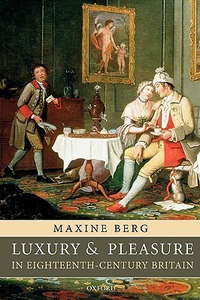
Summary
Luxury and Pleasure in Eighteenth-Century Britain explores the invention, making, and buying of new, semi-luxury, and fashionable consumer goods during the eighteenth century. It follows these goods, from china tea ware to all sorts of metal ornaments such as candlesticks, cutlery, buckles, and buttons, as they were made and shopped for, then displayed in the private domestic settings of Britain's urban middling classes. It tells the stories and analyses the developments that led from a global trade in Eastern luxuries beginning in the sixteenth century to the new global trade in British-made consumer goods by the end of the eighteenth century.
Luxury and Pleasure in Eighteenth-Century Britain is cultural history at its best, built on a fresh empirical base drawn directly from customs accounts, advertising material, company papers, and contemporary correspondence. Maxine Berg traces how this new consumer society of the eighteenth century and the products first traded, then invented to satisfy it, stimulated industrialization itself. Global markets for the consumer goods of private and domestic life inspired the industrial revolution and British products "won the world."
Similar Books
-
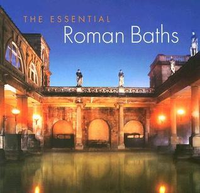 The Essential Roman Baths
The Essential Roman Bathsby Stephen Bird
-
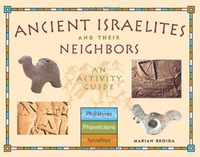 Ancient Israelites and Their Neighbors: An Activity Guide
Ancient Israelites and Their Neighbors: An Activity Guideby Marian Broida
-

-
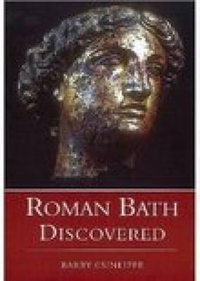 Roman Bath Discovered
Roman Bath Discoveredby Barry Cunliffe
-
 Roman Bath discovered
Roman Bath discoveredby Barry Cunliffe
-
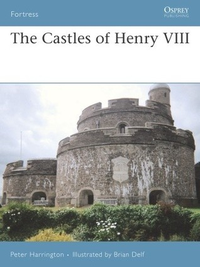 The Castles of Henry VIII
The Castles of Henry VIIIby Peter Harrington
-
 The World's Great Archaeological Treasures
The World's Great Archaeological Treasuresby Paul G. Bahn
-
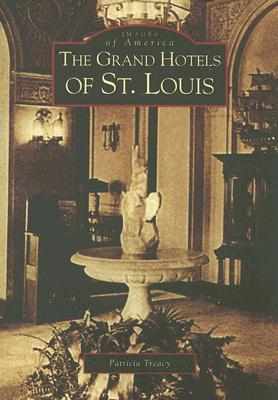 The Grand Hotels of St. Louis
The Grand Hotels of St. Louisby Patricia Treacy
-
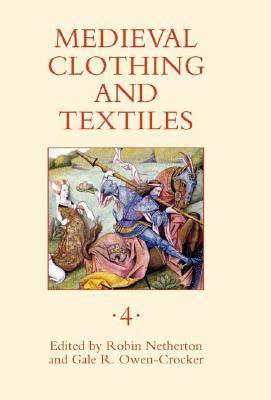 Medieval Clothing and Textiles 4
Medieval Clothing and Textiles 4by Robin Netherton
-
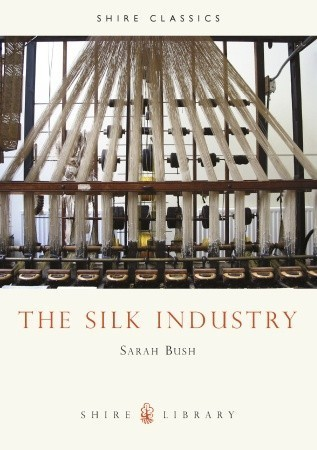 The Silk Industry
The Silk Industryby Sarah Bush
-
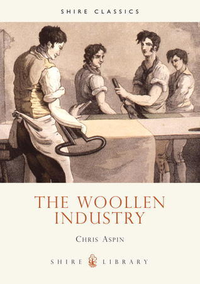 Woollen Industry
Woollen Industryby Chris Aspin
-
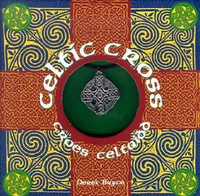 Celtic Cross: Croes Celtaidd
Celtic Cross: Croes Celtaiddby Derek Bryce
-
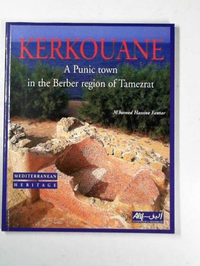 Kerkouane: a Punic town in the Berber region of Tazezrat
Kerkouane: a Punic town in the Berber region of Tazezratby M'hamed Hassine Fantar
-
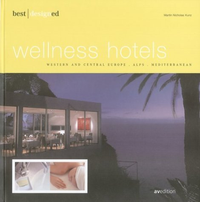 best designed wellness hotels Western and Central Europe, Alps, and Mediterranean
best designed wellness hotels Western and Central Europe, Alps, and Mediterraneanby Martin Nicholas Kunz